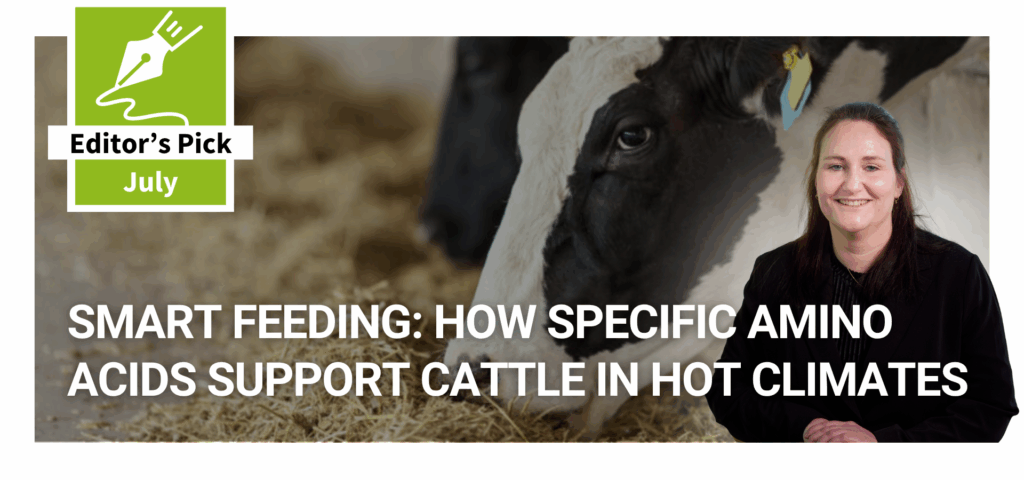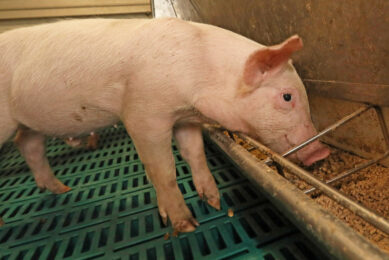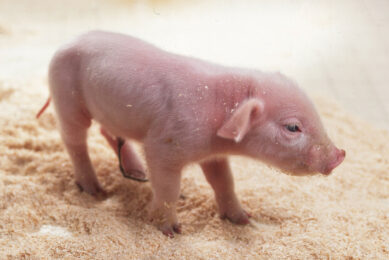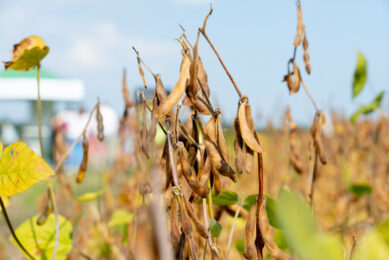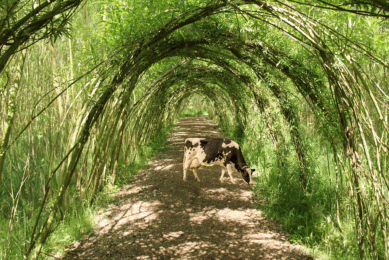Feed isn’t the FMD risk: But delivery could be

Animal feed itself poses virtually no risk in transmitting foot and mouth disease (FMD), according to a recent research project conducted by the European Food Safety Authority (EFSA) in collaboration with German institutions. Even when researchers deliberately added high levels of the FMD virus to different types of feed, the virus rapidly disappeared — indicating that feed alone is an unlikely vector for the disease.
But while feed may be safe, transmitting can occur through feed-related activities, such as transport, other material or the movements of people.
“The biggest danger for a transmission of FMD to pig holdings is through people, material, infected live animals or infected food products,” says Dr Hermann-Josef Baaken, spokesperson for the German animal feed association, Deutscher Verband Tiernahrung e.V. (DVT), in an interview with schweine.net. This same risk also applies to cattle farms, which are equally vulnerable to FMD outbreaks.
Feed sector takes hygiene seriously
Baaken emphasizes that animal feed producers are fully aware of their biosecurity responsibilities and are proactively mitigating risks through strict hygiene protocols. DVT has issued comprehensive guidance to its members, urging them to:
- Use disinfectants thoroughly and consistently
- Wear protective clothing during all farm visits
- Rigorously follow and promote farm-level biosecurity rules
These precautions extend beyond feed manufacturers to include suppliers, drivers, and workplace visitors, all of whom play a role in keeping disease risks low. These biosecurity measures are critical not just for swine farms, but for cattle operations as well, where disease spread can have severe economic and animal welfare consequences.
Hygiene in transport matters
Although the feed itself is unlikely to carry FMD, transport vehicles and human movement can become unintended carriers. To reduce this risk, DVT advises feed companies to:
- Prefer virtual meetings over in-person client visits
- Disinfect wheels, wheel covers, and vehicle surfaces after each farm visit Ensure doors and gates are properly shut after entry to or exit from premises
It’s very clear these biosecurity measures should be followed at all times, not just during a crisis,”
– Dr Hermann-Josef Baaken, spokesperson for the German animal feed association, Deutscher Verband Tiernahrung e.V. (DVT), notes.
Feed industry maintains ‘Safety First’
The compound feed industry already operates under rigorous hygiene standards such as HACCP, but FMD adds an extra layer of urgency. Baaken underscores that safety and disease prevention are top priorities — not only for animal health but also to protect the feed industry’s economic stability.
Awareness is at a very high level and nobody has an interest, also from an economic point of view, for introducing a serious animal disease.’’
– Dr Hermann-Josef Baaken, spokesperson for the German animal feed association, Deutscher Verband Tiernahrung e.V. (DVT),



